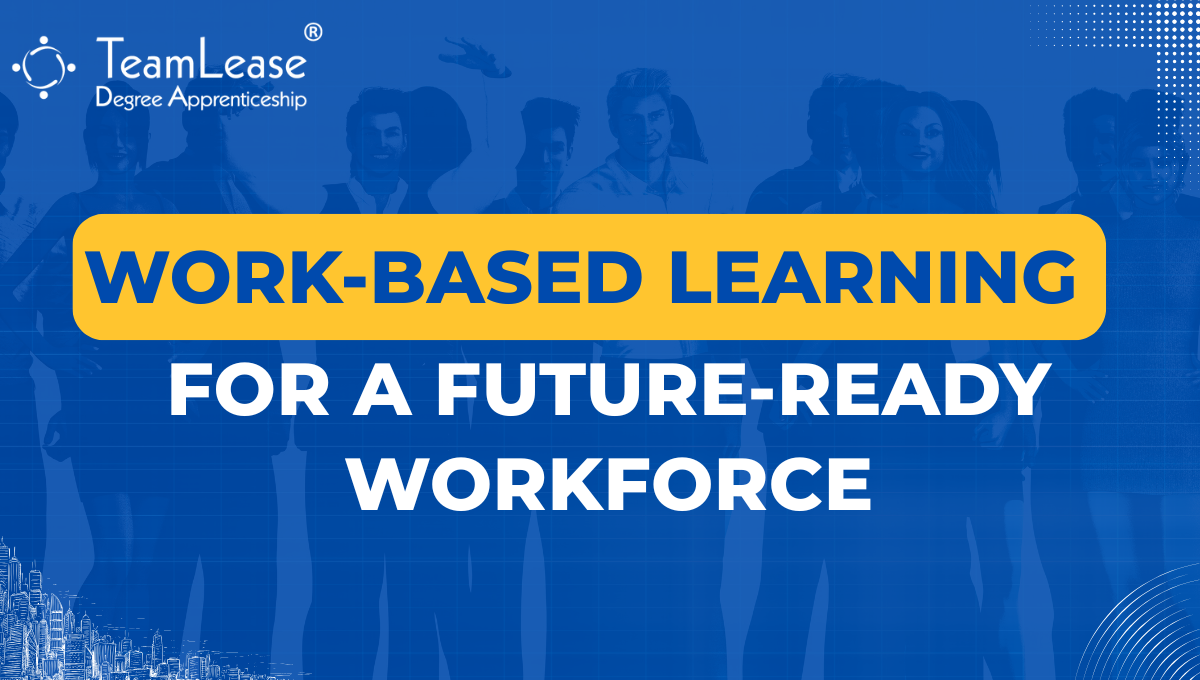The higher education sector and employers must brace five new realities to quickly adapt to the changing scenarios of the job market
“It's not burn baby burn, but learn, baby, learn so that you can earn, baby, earn,” said Dr. Martin Luther King, Jr., the civil rights activist. These words ring true in India today as it strives to become a strong contender among the leading knowledge economies of the world.
There is a significant dissonance between education and employability to the extent that education no longer guarantees decent employment. In fact, studies show that those with higher levels of education constitute over 30% of the unemployed. It is imperative to revamp the higher education model to include equal participation of the corporate sector in all aspects of education and skill development. It is essential for India’s 63.56 million enterprises to have a say in the educational training of 40 million students of higher education. The higher education sector comprising 1043 universities and 55,000 colleges must collaborate with employers across the areas of curriculum, faculty, governance, finances, and recruitment to nurture our demographic dividend and secure India’s place in the sun.
Curriculum: Develop Synergy Among Industry and SMEs
As we seek to connect the dots between education and employment the first step in the process involves the creation of a curriculum that will cater to the needs of the current and future job market. India has been struggling with the problem of the employability of graduates. The NEP2020 provisions for the adoption of a choice-based credit system with multi-disciplinary learning. It provides students with the option to choose between programs of choice. With this policy in place, it is imperative to adopt a collaborative approach to creating courses and learning outcomes. The inclusion of industry experts along with SMEs in designing course curriculums will go a long way in the development of desired skills. It will also instill confidence among fresh graduates as they will learn practical skills that will make them job-ready.
Faculty: Ease the Gap between Industry-academia
In a bid to reform India's recruitment system at central universities, the UGC has approved the draft guidelines which will allow industry experts to play the role of faculty for three years in a college. The assignation of people from the industry in faculty positions will encourage the transformation of our higher learning model from being very theoretical in nature to one that focuses more on practical applications. This will go a long way in addressing the current Achilles heel of our education system which is criticized for being excessively notional. The Industry-Academia gap, which is a significant concern among employers and job seekers, will get mitigated by this intervention. It will also draw attention towards strengthening teacher training and encouraging continuous learning and upgradation of skills.
Governance: Create an Enabling Environment
The secret to strengthening the education system in India lies in revamping the governance structures in higher education. In his book entitled ‘Building Universities that Matter, Professor Pankaj Chandra, Vice Chancellor of Ahmedabad University, reiterates the need for institutes of higher education to be self-regulatory and self-correcting. He suggests the best way to implement this mechanism is by creating an enabling environment where an institution makes its own decisions instead of being dictated top-down. There can continue to be regulatory machinery in place comprising of an educational board, accreditation agencies, data agencies, fast dispute resolution systems, and so on.
This will enable these institutes to efficiently respond to the changing market dynamics and cater to the needs of the industry. They can go about designing courses in collaboration with industry experts. The adoption of this kind of governance will also help to realize the ambitious roadmap of NEP 2020, which seeks to promote the internationalization of education and make India a “global study destination” by 2030.
Finances: Invest in the Future of our Nation
India’s higher education system is the third largest in the world after China and the United States of America. The main sources for the financing of higher education in India include government funds, funds from self-governing bodies, tuition fees, donations, scholarships, educational cess, and so on. Although higher education qualifies among the most important investments in the government's five-year plans, India under-invests in higher education as is evident with a total spend of $ 4.5 billion against a $ 145 billion spent by China.
The flexibility and autonomy offered to the future workforce by way of the NEP 2020 will enable students to explore various options and build more relevant and in-demand skills rather than following traditional career paths. However, this emerging workforce will need to be groomed by qualified and experienced faculty dedicated to delivering quality education at world-class centers of excellence. This will help to create a competitive, self-driven workforce that will be at par with the best in the world. However, to achieve these goals it is essential to implement a public-private partnership in the development of higher education institutions.
To conclude in the words of our honorable Prime Minister Mr. Narendra Modi, “Whatever education a university or institute of higher education imparts, it must achieve the global level of benchmarking given the vastness and diversity of the global village we live in today.”
Recruitment: Apprenticeship Programs and Full-time Employment
India is the world’s second-largest producer of undergraduate and graduate STEM students with around 40 million higher education students enrolled at various levels (certificate, diploma, PG diploma, undergraduate, postgraduate, MPhil and Ph.D. This young workforce can catapult India’s economic growth. However, only 47% of this workforce is considered to be employable. The need of the hour is to provide adequate opportunities for training through apprenticeships which can help mitigate the skill gap and thus, harness the full potential of our youth and prepare them for the job market. The NEP 2020 provisions for the integration and mainstreaming of vocational education with general education to help students acquire the various skills to meet the needs of industries and improve the quality of education.
Apprenticeship programs are slowly gathering momentum but a lot still needs to be done to encourage employers to engage wholeheartedly with this program for future recruitment goals. As a nation, we must leverage the different apprenticeship programs as stepping stones to full-time employment. This will enable organizations to groom and train to cater to the needs of their industry. At the same time, it will incentivize skill development which in turn will improve employability numbers. India with its demographic dividend is the land of possibility, and it is up to us to realize its full potential for in the words of Gandhiji, “the future depends on what we do in the present.”




No comments yet
Your Comment